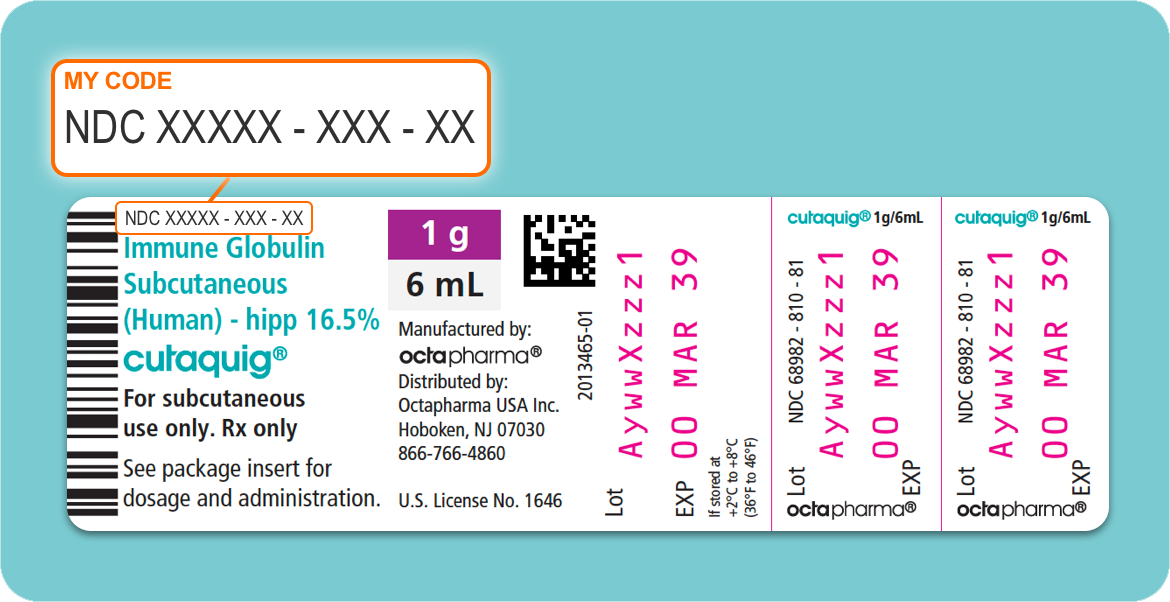Major Components of the Immune System
Organs
Blood: Blood is the circulatory system that carries cells and proteins of the immune system from one part of the body to another.
Bone Marrow: The bone marrow is the location where all cells of the immune system begin their development from primitive stem cells.
Liver: The liver is the major organ responsible for synthesizing proteins of the complement system. In addition, it contains large numbers of phagocytic cells, which ingest bacteria in the blood as it passes through the liver.
Lymph Nodes: Lymph nodes are collections of B-lymphocytes, T-lymphocytes and other cells throughout the body. Cells congregate in lymph nodes to communicate with each other.
Spleen: The spleen is a collection of T-lymphocytes, B-lymphocytes and monocytes. It serves to filter the blood and provides a site for organisms and cells of the immune system to interact.
Thymus: An organ located in the chest, which instructs immature lymphocytes to become mature T-lymphocytes.
Tonsils: Tonsils are collections of lymphocytes in the throat.
Cells
The cells of the immune system can be categorized as lymphocytes (T-cells, B-cells and NK cells), neutrophils, and monocytes/macrophages. These are all types of white blood cells.
B-Cells: These lymphocytes arise in the bone marrow and differentiate into plasma cells, which in turn produce immunoglobulins (antibodies). When B-cells encounter foreign material (antigens), they respond by maturing into plasma cells. B-cells can also mature into memory cells, which allow a rapid response if the same infection is encountered again. Plasma cells are the mature cells that actually produce the antibodies.
Cytotoxic T-cells: These "killer" lymphocytes mature in the thymus and are responsible for destroying infected cells.
Dendritic Cells: Important cells in presenting antigen to immune system cells.
Helper T-cells: These specialized lymphocytes mature in the thymus and "help" other T-cells and B-cells to perform their functions. T-cells directly attack cells infected with viruses, and they also act as regulators of the immune system.
Monocytes / Macrophages: A type of phagocytic cell found in the blood stream, which develops into a macrophage when it migrates to tissues. Macrophages are essential for killing fungi and the class of bacteria to which tuberculosis belongs. Like neutrophils, macrophages ingest microbes and deliver toxic chemicals directly to the foreign invader to kill it.
NK cells: Natural killer (NK) cells are so named because they easily kill cells infected with viruses. They are said to be "natural killer" cells as they do not require the same thymic education that T-cells require. NK cells are derived from the bone marrow and are present in relatively low numbers in the bloodstream and in tissues. They are important in defending against viruses and possibly preventing cancer as well. NK cells kill virus-infected cells by injecting them with a killer potion of chemicals.
Neutrophils: A type of cell found in the blood stream that rapidly ingests microorganisms and kills them. Neutrophils increase in number in the bloodstream during infection and are in large part responsible for the elevated white blood cell count seen with some infections. They are the cells that leave the bloodstream and accumulate in the tissues during the first few hours of an infection and are responsible for the formation of "pus." Their major role is to ingest bacteria or fungi and kill them. Their killing strategy relies on ingesting the infecting organisms in specialized packets of cell membrane that then fuse with other parts of the neutrophil that contain toxic chemicals that kill the microorganisms. They have little role in the defense against viruses.
Plasma Cells: These cells develop from B-cells and are the cells that make immunoglobulin, or antibodies. When antibody molecules recognize a microorganism as foreign, they physically attach to it and set off a complex chain of events involving other components of the immune system that work to eventually destroy the germ.
Platelets: Small cells in the blood stream important in blood clotting.
Red Blood Cells: The cells in the blood stream that carry oxygen from the lungs to the tissues.
Stem cells: These cells have the potential to differentiate and mature into the many different types of cells of the immune system.
Proteins
The major proteins of the immune system are predominantly signaling proteins (often called cytokines), antibodies, and complement proteins.
Complement: The complement system is composed of 30 blood proteins that function in an ordered fashion to defend against infection. Most proteins in the complement system are produced in the liver. Some of the proteins of the complement system coat germs to make them more easily taken up by neutrophils. Other complement components act to send out chemical signals to attract neutrophils to sites of infection. Complement proteins can also assemble on the surface of microorganisms forming a complex. This complex can then puncture the cell wall of the microorganism and destroy it.
Cytokines: Cytokines are a very important set of proteins in the body. These small proteins serve as hormones for the immune system. They are produced in response to a threat and represent the communication network for the immune system. In some cases, cells of the immune system communicate by directly touching each other, but often cells communicate by secreting cytokines that can then act on other cells either locally or at a distance.
Immunoglobulins: These highly specialized protein molecules, also known as antibodies, fit foreign antigens, such as polio, like a lock and key. Their variety is so extensive that they can be produced to match all possible microorganisms in our environment. Antibodies vary with respect to their specialized functions in the body. These variations are determined by the antibody's chemical structure, which in turn determines the class of the antibody (or immunoglobulin). There are five major classes of antibodies (IgG, IgA, IgM, IgD and IgE). IgG has four different subclasses (IgG1, IgG2, IgG3, IgG4). IgA has two subclasses (IgA1 and IgA2). The various types of PI disease are linked to defects in specific classes, or combination of classes, of these antibodies.
Back to top



 Cells of the Immune System
Cells of the Immune System